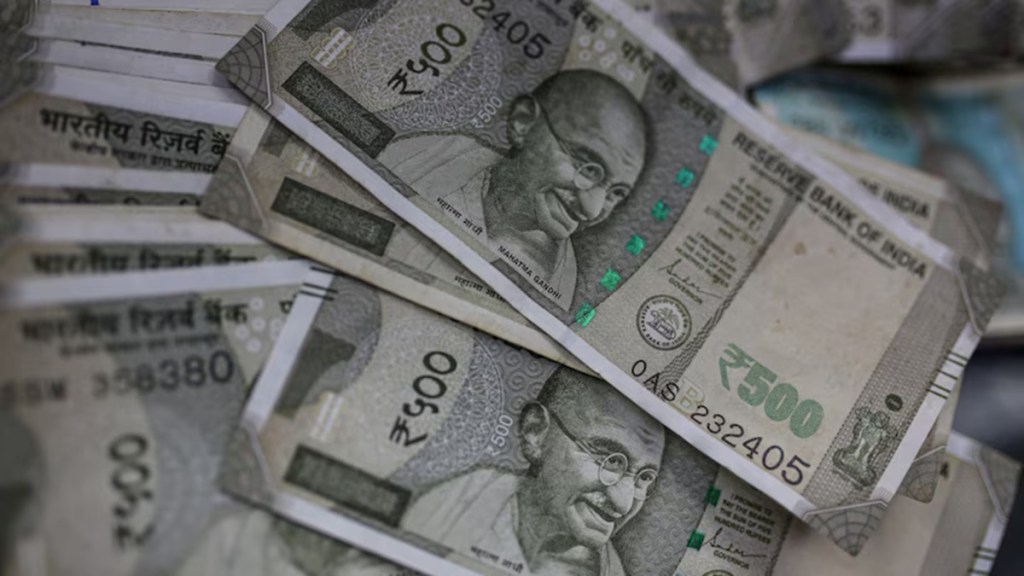Social welfare expenditure by India’s top 18 states is expected to remain high at approximately Rs 6.4 lakh crore in the current fiscal, or around 2 per cent of their collective Gross State Domestic Product (GSDP), according to budget estimates analysed by Crisil Ratings. These 18 states together account for nearly 90 per cent of the country’s GSDP.
Rising expenditure comes with fiscal trade-offs
As a percentage of GSDP, expenditure on these schemes was at a similar level last fiscal and stood at 1.4-1.6 per cent between fiscals 2019 and 2024. The elevated spending this fiscal, the Crisil report said, will result in high revenue deficit and comes with trade-offs – particularly limiting the flexibility of the states to undertake higher capital outlays.
As per the taxonomy of state government budgets, revenue expenditure on social welfare includes developmental spending aimed at supporting the well-being of backward classes, women, children, and labourers. It also covers financial aid provided to specific groups through social security pensions.
According to Crisil, the sharp uptick in social welfare spending, which is estimated to grow by Rs 2.3 lakh crore between FY24 and FY26, is being driven by both political and developmental imperatives. Anuj Sethi, Senior Director, Crisil Ratings, said, “Of this, Rs 1 lakh crore is towards direct benefit transfers (DBT) to women primarily as election commitments. Meanwhile, the remaining Rs 1.3 lakh crore increase is primarily for financial/ medical assistance to backward classes and social security pension to select focus groups, which supports necessary expenditures for socio-economic development.”
Uneven welfare spending across states
It is worth noting that the increase in social welfare expenses over FY25 and FY26 is expected to be uneven across the country with around 50 per cent of analysed states likely to witness a significant jump in welfare allocations, while the rest are projected to see stable or marginal increases.
While the social welfare expenses are growing significantly, Crisil said, overall revenue expenditure is budgeted to log a CAGR of 13-14 per cent between fiscals 2025 and 2026. In contrast, revenue receipts grew only by 6.6 per cent on-year in FY24 and are expected to increase by a modest 6-8 per cent on-year this fiscal. As a result, revenue deficit will remain elevated.
This imbalance has already begun to squeeze capital outlays. Aditya Jhaver, Director, Crisil Ratings, said, “Last fiscal, capital outlay grew a meagre 6 per cent on-year (vs a CAGR of 11 per cent over 5 years ended fiscal 2024) as revenue deficit ballooned almost 90 per cent on-year. If this trend continues this fiscal, it could constrain states’ capital outlay, which has a higher multiplier effect and can stimulate increased investment in the economy.”
Populist spending ahead of polls a concern
Recent election cycles have also played a role in boosting welfare-related DBTs. With several key states headed for polls in the coming quarters, Crisil cautioned that populist measures could intensify further, making fiscal management even more challenging.
While allocating funds to social welfare schemes remains important for socio-economic development, Crisil warned that sustained spending increases without parallel revenue growth could adversely affect the long-term creditworthiness of states.


